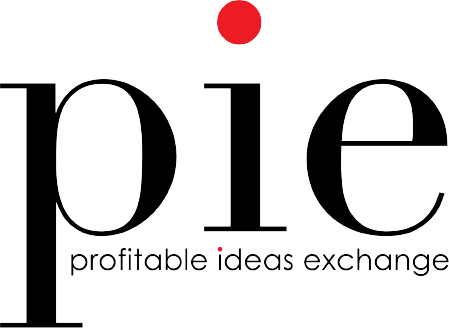If done right, strategic, targeted conversations with your key clients can build trust, inform business decisions, and add mutual value. But what does it mean to “do it right”?
It is no secret that the voice of the customer (VoC) or client is important. From informing go-to-market strategy and service line development, to writing thought leadership, VoC plays a critical role in how companies think about their value proposition and market positioning. Because of its importance, organizations often leverage a multitude of ways to go about obtaining a quality and actionable VoC. Yet, so often, they miss one of the most obvious and value-additive ways of doing so – giving their client a seat at the table.
While it sounds simple, executing this direct-to-client strategy flawlessly (and without damaging relationships) requires finesse, collaboration, vulnerability, and most importantly, commitment. In our experience helping our partners effectively implement this strategy, there are five key elements that make the difference between a successful VoC initiative and one that fails.
Get the Correct Internal Stakeholders at the Table
Building a cross-functional team of internal stakeholders (sometimes known as a “Steering Committee”) is critical to the success of a VoC program. Companies should include senior leaders from product/service development, marketing, business development/sales, and the executive leadership team. By incorporating diverse voices, you will create buy-in and alignment, gather strategic insights that add value across the organization, and demonstrate your company’s investment in customer relationships.
Selecting the Right Clients
Who are your company’s top 15-20 clients/partners? The companies you named are the mandatory voices you should be bringing to the table. Keeping the community exclusive to your top clients shows you are committed to the relationship with their organization and are interested in substantive, targeted feedback. Beyond the organizations you will select, it is also important to consider the function of the executive you will bring to the table. It is valuable to gather feedback from executives in several verticals and seniorities to ensure comprehensive input; we recommend selecting 2-4 areas within your customer’s business from which you would most value feedback.
Building Impactful Agendas
While gathering direct input is the main strategic imperative of a VoC initiative, adding value for your clients is what will keep them coming back time and again. Along with the coveted ability to contribute to their partners’ roadmap, clients also want the opportunity to connect with their industry peers and discuss topics and challenges their organizations are facing, whether it relates to your company’s agenda or not. Striking a balance between the topics most critical to your organization and those of most interest to your clients is a key element in cultivating a valuable client experience.
Following Through on Post-Engagement Activities
Feedback from your clients is great, but only so far as your company is prepared to follow through on the requests they make. Too often, organizations convene their key clients for feedback on in-development products or current services but fail to make any changes once they receive the feedback. It is essential to build internal accountability structures that ensure your teams (marketing, product, sales, and otherwise) will follow through on the feedback and requests you received. Failing to do so will send the message that you were simply asking for feedback for the sake of feedback and, over time, will compromise your relationships with your most valued clients. As noted in the first point, the steering committee can be accountable for keeping post-engagement activities at the forefront.
Leveraging an Advisory Board Framework to Do It Right
An efficient and proven approach to gathering the voice of your client while enhancing the client experience and strengthening relationships is through an advisory board. By fostering a structure for cross-vertical collaboration and implementation of insights across your organization, an advisory board helps cultivate a feedback culture that authentically brings relationships close. Additionally, partnering with a third party helps will establish effective governance structures, assist in selection of the correct client profiles to include, seamlessly incorporate feedback across your organization, and most importantly, build more trust with your key clients.
As economic uncertainty persists, organizations everywhere are facing an increasing need to place clients at the heart of everything they do. The organizations that do this right will more effectively navigate industry challenges, position themselves as industry leaders, and bolster the relationships that matter most to their organization. If you’d like help doing the same, let’s talk.


